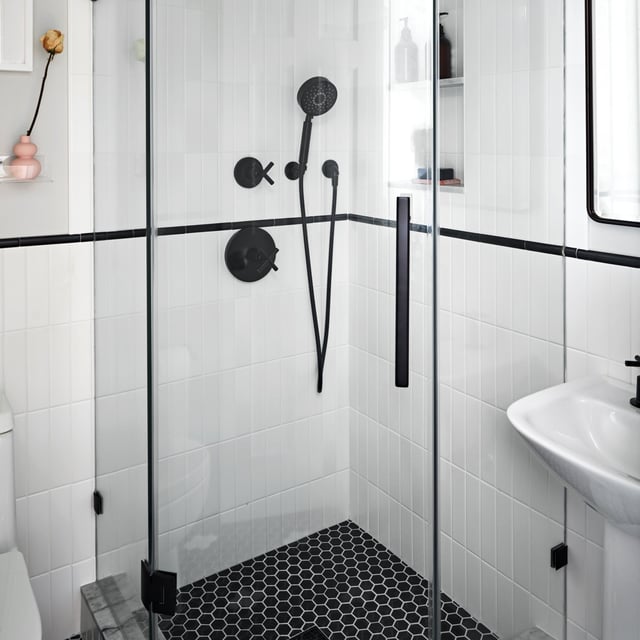
Contractors
Half Bathroom to Full Conversion: Costs, Permits & Designs
08.02.2025
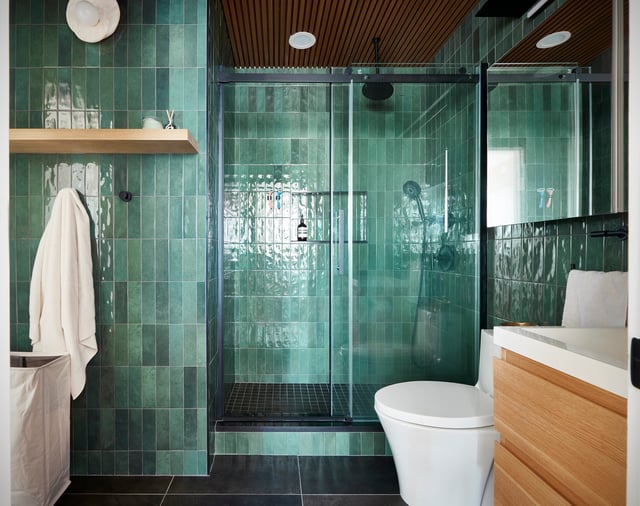
In This Article
Home renovations can be exciting—but they're also financially and logistically complex. Whether you're adding square footage, updating a kitchen, or converting your garage into a home office, you’ll need to revisit your insurance coverage. Does homeowners insurance cover renovations? The answer: It depends.
Your standard homeowners policy may not automatically adjust to reflect your home's increased value or risk. Some renovations could even void parts of your policy unless you inform your insurer ahead of time.
This guide outlines what you’re covered for, what you’re not, and how to protect your home, finances, and peace of mind during and after renovations.
Design a Home That’s Uniquely Yours
Block can help you achieve your renovation goals and bring your dream remodel to life with price assurance and expert support.
Get Started
Homeowners insurance is designed to cover the rebuild cost—not the market value—of your property. When you renovate, especially with high-end materials or appliances, that cost increases. For instance, upgrading your kitchen with granite countertops, luxury cabinets, and built-in appliances may raise your rebuild value from $200,000 to $260,000. If your insurance isn’t updated, your payout in a total loss (e.g., from a fire) could fall far short.
Renovations that increase the home’s value or liability (like pools or additions) will usually raise your premium. On the other hand, improvements that reduce risk—like replacing a roof, updating wiring, or installing a security system—may qualify for premium discounts.
If you renovate and don't inform your insurer, you risk being underinsured. In a disaster, your claim could be capped at pre-renovation limits, leaving you to pay the difference out of pocket.
Standard homeowners policies do not directly cover renovation expenses. They’re not designed to pay for elective remodeling. However, they do cover:
But these protections are only valid if:
Adding square footage is one of the most impactful renovations. Whether you’re building a sunroom, second story, or family room, this will increase your rebuild cost significantly—and should be reported before construction starts. Once you have architectural drawings, share them with your insurance agent.
Even without increasing square footage, upgrading fixtures and finishes affects coverage. Your agent will likely ask about:
These factors influence your home's replacement value.
These luxurious additions come with higher liability. You’ll likely need:
A new roof may reduce premiums—especially in high-risk areas like hurricane zones—if you choose impact-resistant materials. Likewise, installing modern windows or locks could lower your rate.
If you operate a business from home, homeowners insurance may not cover:
You may need separate business or commercial property coverage, depending on what you store and who visits.
Renovate with confidence every step of the way
Step 1: Personalize Your Renovation Plan
Step 2: Receive Quotes from Trusted Contractors
Step 3: Let Us Handle the Project Details

Covers:
Ideal for:
Some homeowners policies offer it as an endorsement, while others require a standalone policy.
If you’re living elsewhere during renovations, your insurer may classify your home as vacant after 30–60 days. Standard policies may then deny claims.
A vacant home endorsement covers risks like:
If renovations uncover out-of-code elements (e.g., old plumbing or knob-and-tube wiring), your standard policy may not cover mandatory upgrades. This endorsement helps cover those code compliance costs.
Contractors may be insured, but you still carry residual risk. If someone is injured on your property, you could be sued. Extra liability coverage or an umbrella policy (typically in $1M+ increments) provides added peace of mind.
If you’re doing the work yourself or with friends:
Insurers calculate rebuild value using:
Example:
Your 1,800 sq. ft. home is insured for $200,000. After a $75,000 kitchen remodel and $25,000 addition, rebuild value jumps to $300,000. You should increase your dwelling coverage accordingly to avoid being underinsured.
Home renovations introduce a variety of new risks—structural, financial, and legal. To protect yourself and your property during construction, it’s essential to go beyond standard insurance coverage and adopt proactive risk management strategies. Here’s how:
Standard homeowners policies often exclude coverage for damages that occur during construction. To ensure you’re protected, talk to your insurance agent about adding specialized riders or endorsements tailored to renovation risks:
Before any work begins, ensure your general contractor and all subcontractors carry adequate insurance. Don’t just take their word—ask for certificates of insurance and verify details:
Physical site security is another vital part of risk mitigation:
If you’re vacating your home during the renovation, make sure it’s regularly checked by a trusted friend, neighbor, or property manager to avoid appearing abandoned—a red flag for theft and vandalism.
Turn your renovation vision into reality
Get matched with trusted contractors and start your renovation today!
Find a Contractor
Once your renovation project is complete, your home is likely more valuable, functional, and possibly more complex than before. But unless your insurance policy is updated to reflect those changes, you could be financially exposed in the event of a loss.
Use this checklist to ensure your coverage is aligned with your upgraded home:
Your dwelling coverage should reflect the new rebuild cost of your renovated home. This is especially important if you've:
Contact your insurance provider to request a revised replacement cost estimate. This ensures your policy will provide sufficient funds to rebuild the home to its post-renovation condition in the event of a disaster.
Home renovations often include the purchase of:
These items may not be fully covered under your existing personal property limit. Review your policy to ensure coverage is adequate and that high-value items (like art or antiques) are itemized if necessary.
You may want to consider:
Certain renovations can increase your exposure to liability risks, especially if they involve:
In these cases, it’s a good idea to increase your personal liability limits and consider adding an umbrella policy, which offers additional liability protection—typically in $1 million increments.
This becomes crucial if someone is injured on your property and sues you for medical expenses, lost wages, or damages.
Compare Proposals with Ease

While some renovations may raise your premiums, others can lead to significant savings. Ask your insurer if your improvements qualify for any of the following discounts:
Additionally, bundling your updated homeowners insurance with auto or life insurance could open the door to multi-policy discounts.
After making changes, ask your insurer to send you a new declarations page, which summarizes your updated coverage, limits, endorsements, and deductibles. Review this carefully and keep a copy for your records.
Document All Improvements
Finally, keep a complete file of:
This documentation can help during claims, appraisals, or future policy reviews, and serves as proof of the value you’ve added to your property.
Renovating your home is a major investment—one that should be matched with equally robust insurance protection. From increasing rebuild value to managing contractor risk and addressing potential liability, your homeowners policy needs to evolve along with your property.
Before you pick up a hammer or call a contractor:
When done right, home renovations enhance not just your space—but your peace of mind too.

Written by Block Renovation
Will my premium increase after a renovation?
Does homeowners insurance cover renovations automatically?
What happens if I don’t tell my insurer about a renovation?
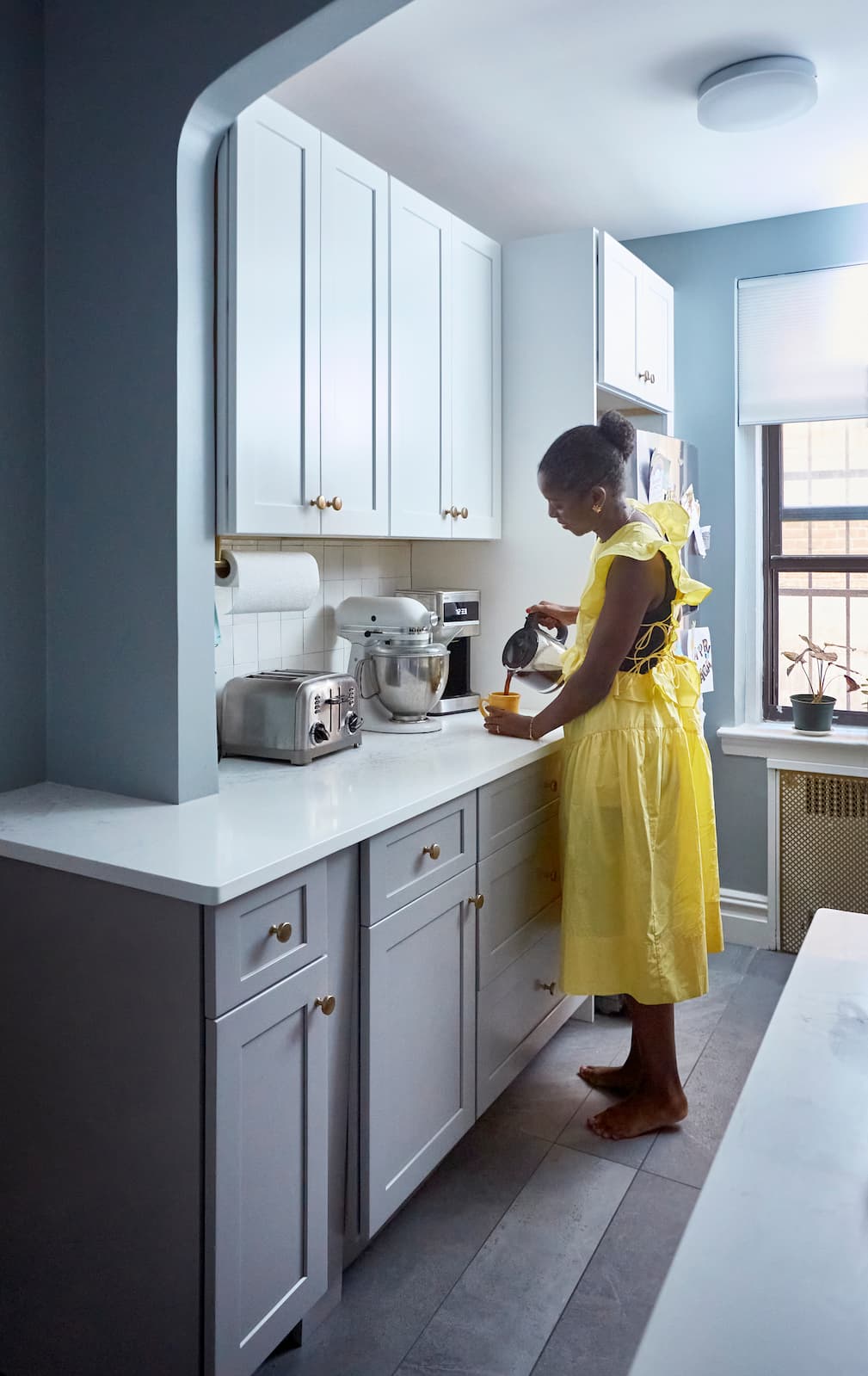
Renovate confidently with Block
Easily compare quotes from top quality contractors, and get peace of mind with warranty & price protections.
Thousands of homeowners have renovated with Block

4.5 Stars (100+)

4.7 Stars (100+)

4.5 Stars (75+)

Contractors
Half Bathroom to Full Conversion: Costs, Permits & Designs
08.02.2025
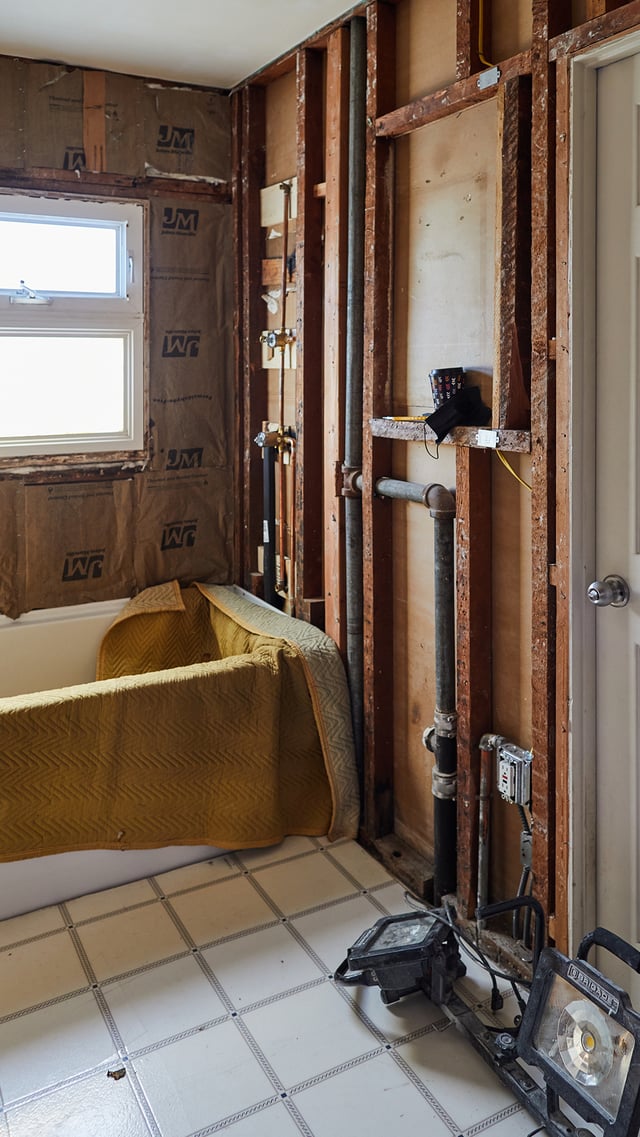
Process
Gutting a Bathroom: What It Entails, Costs & Timeline
07.15.2025

Remodeling
Does Homeowners Insurance Cover Renovations?
05.22.2025
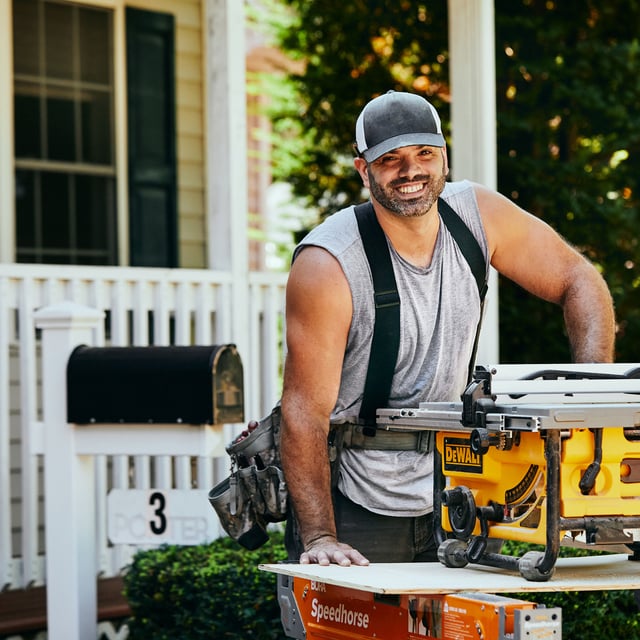
Remodeling
What’s the Difference Between a Home Renovation and a Remodel?
05.22.2025

Remodeling
How to Renovate in Brooklyn
05.22.2025
Renovate confidently